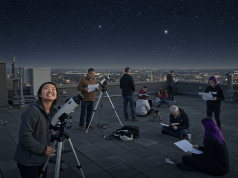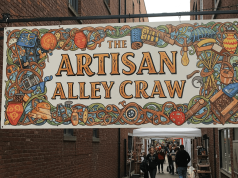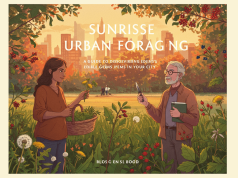In an age of rapid flights, crowded itineraries, and rushed sightseeing, slow travel emerges as a transformative approach that prioritizes depth over speed. Rather than checking off landmarks, slow travelers seek to connect with local rhythms, cultures, and landscapes. By dedicating more time to fewer destinations, you open the door to genuine encounters, mindful reflection, and sustainable choices. In this guide, we’ll explore what slow travel means, why it matters, and how you can plan your next unhurried adventure.
What Is Slow Travel?
Slow travel is a philosophy that values quality over quantity when exploring the world. It encourages travelers to spend days or even weeks in one place, rather than rushing from city to city. You might opt for a train ride through sweeping valleys, rent a bicycle to explore a rural village, or take a day to sit at a café and watch the world go by. By pressing pause on the typical tourist grind, slow travelers cultivate presence, curiosity, and a deeper appreciation for each locale’s unique character.
Benefits of Slow Travel
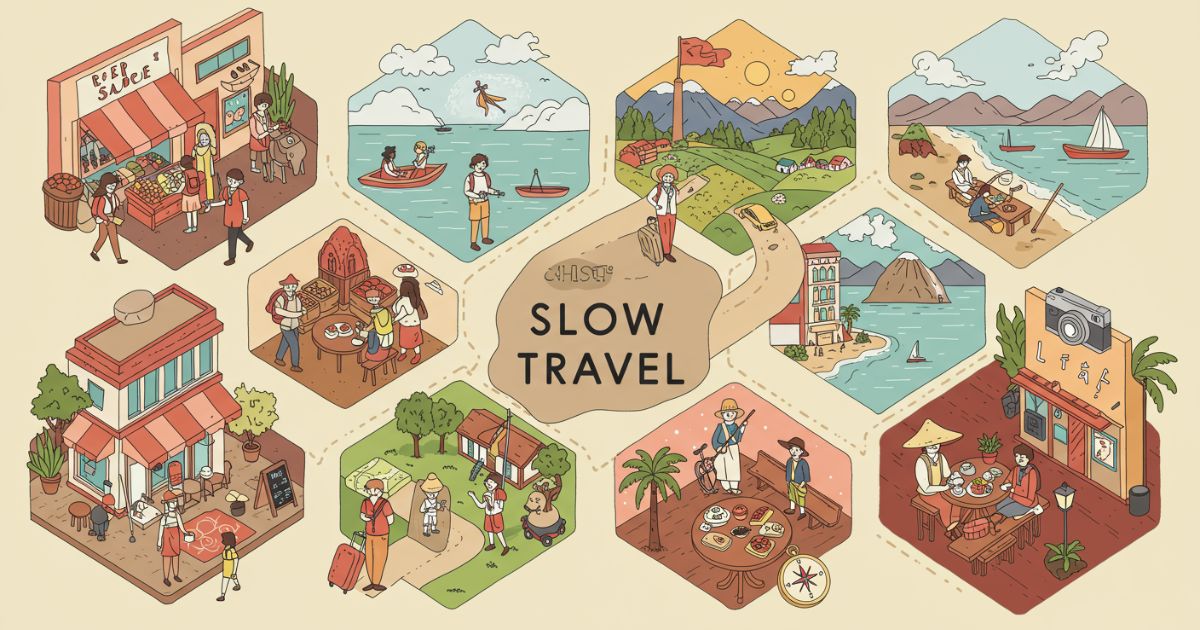
- Mental Well-Being: Extended downtime reduces stress, allowing you to unplug from constant planning and notifications.
- Cultural Immersion: You gain insider access to traditions, local customs, and hidden gems often missed by fast-moving tourists.
- Sustainability: By choosing eco-friendly transport and supporting small businesses, you lower your carbon footprint and bolster local economies.
- Authentic Connections: More time in one place fosters friendships with residents, artisans, and fellow travelers.
Planning Your Slow Travel Adventure
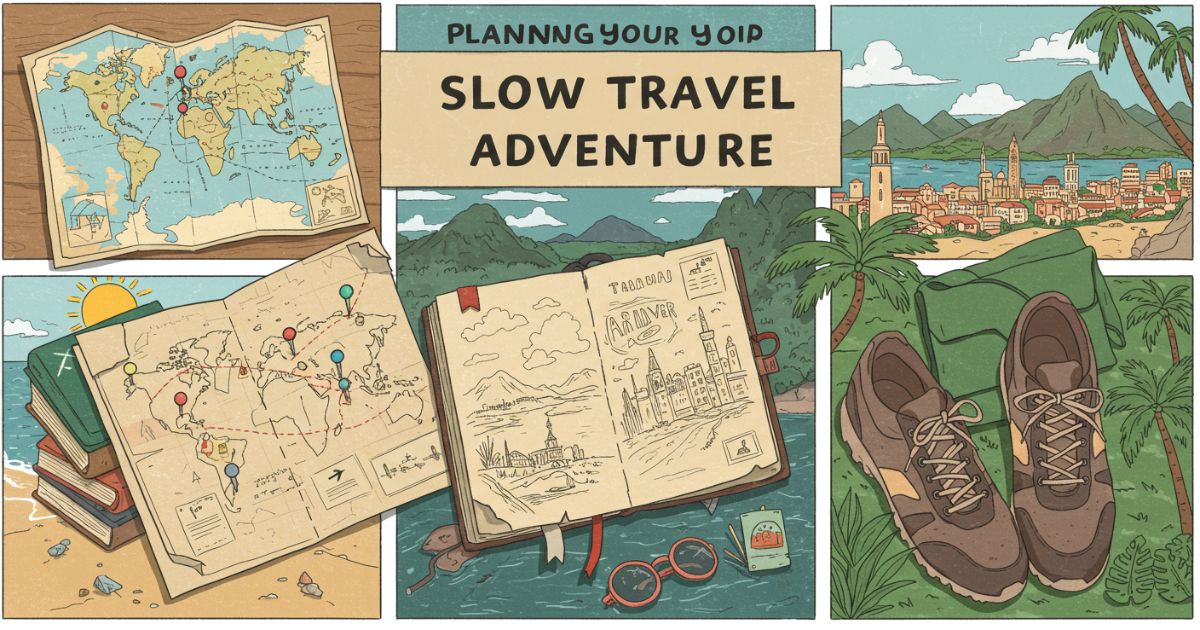
Successful slow travel begins long before you pack your bags. Thoughtful planning helps you strike the perfect balance between exploration and relaxation:
- Select Fewer Destinations: Narrow your trip to two or three regions to minimize transit days and maximize immersion.
- Flexible Itinerary: Build buffer days for spontaneous detours, local festivals, or simply extra rest.
- Slow Transport: Opt for trains, ferries, or road trips. Overland routes reveal scenic corridors that planes miss.
- Local Lodging: Choose homestays, guesthouses, or farm stays to experience everyday life and support small entrepreneurs.
- Community Engagement: Research volunteer opportunities, language exchanges, or communal meals to forge genuine bonds.
Packing Essentials for a Mindful Journey
When you travel slowly, packing light becomes even more important—you’ll carry your bag longer, move at a gentler pace, and want versatile gear. Consider these essentials:
- Durable Backpack: A comfortable daypack and a medium-sized main bag reduce shoulder strain.
- Reusable Items: Water bottle, cutlery, and shopping bag to minimize waste.
- Travel Journal & Pen: Document reflections, sketches, or new words in a foreign language.
- Compact Camera or Smartphone: Capture memorable moments without bulky equipment.
- Layered Clothing: Adapt to changing weather, from cool mountain mornings to warm afternoons.
Embracing Local Experiences
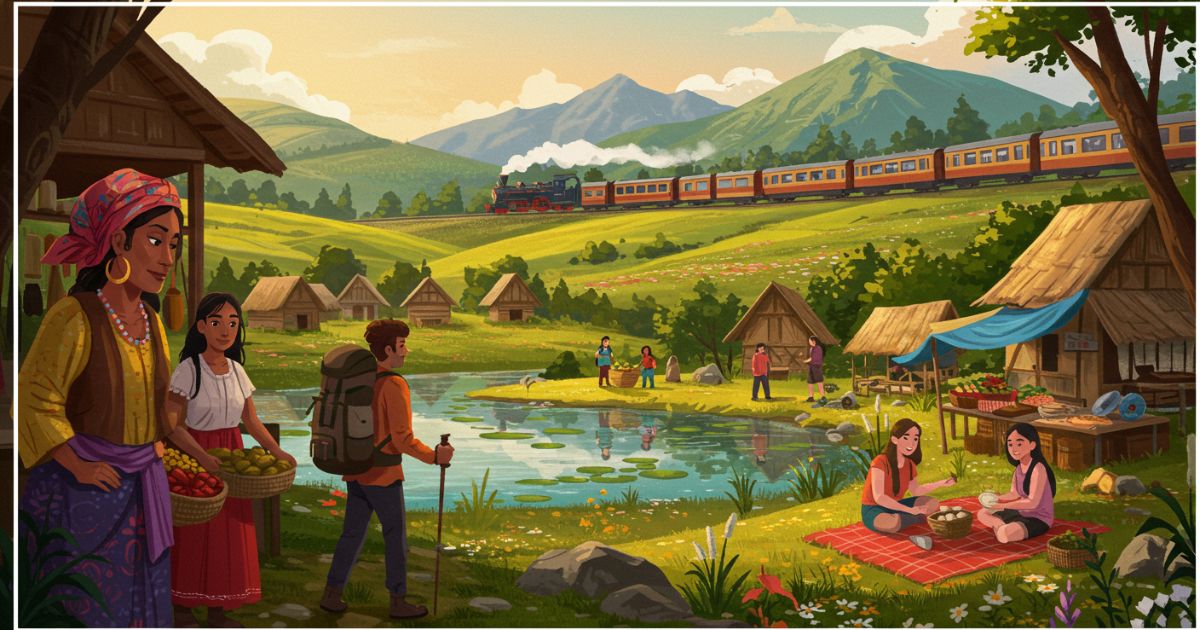
Immersion is the heart of slow travel. Rather than ticking off tourist traps, seek authentic experiences that highlight local culture and craftsmanship:
- Cooking Classes: Learn regional recipes directly from home chefs in their kitchens.
- Artisan Workshops: Try pottery, weaving, or traditional instrument-making to understand heritage arts.
- Community Festivals: Join seasonal celebrations, parades, or harvest events for insight into local customs.
- Guided Nature Walks: Trek with local guides who share stories about the flora, fauna, and folklore of the area.
Sustainable Habits on the Road
Slow travel naturally aligns with eco-responsibility, and practicing Sustainable Travel helps protect destinations for generations to come. Make mindful choices to reduce your environmental footprint while enjoying authentic experiences:
- Refill Stations: Carry a reusable bottle and refill at filtered water stations.
- Local Transport: Opt for buses, trains, or bicycle rentals instead of private taxis.
- Handmade Souvenirs: Purchase crafts directly from local artists to support fair incomes.
- Off-Peak Travel: Visit during shoulder seasons to reduce overcrowding and costs.
By incorporating these habits, travelers can embrace green Travel while fully immersing themselves in every journey.
Budgeting and Time Management
While slow travel can be cost-effective, it still requires prudent budgeting and an understanding of time value:
- Daily Spend Estimate: Calculate expenses for lodging, meals, and activities, then add a buffer.
- Longer Stays, Lower Rates: Negotiate weekly or monthly discounts for accommodation.
- Group Tours: Consider small-group day trips for a more personalized experience, which also shares transport costs.
- Time Value: Prioritize experiences that justify extra days, such as multi-day treks or artisan residencies.
Real-Life Slow Travel Stories
Nothing inspires like firsthand accounts. Meet Sara from Canada, who spent three months cycling through Portugal. Instead of racing between Lisbon and Porto, she camped near olive groves, learned Portuguese from neighbors, and joined a local olive harvest. Her favorite memory? Sharing homemade bread and cheese with new friends under a blossom-heavy almond tree.
Or consider Miguel, a teacher from Mexico City, who took a six-week sabbatical to study traditional weaving in rural Japan. By waking before dawn, he watched artisans dye silk threads and realized that patience yields mastery. That immersive chapter now informs his own creative workshops back home.
Tips for Staying Mindful During Travel
Mindfulness transforms ordinary moments into lasting memories. To cultivate presence on the road:
- Digital Boundaries: Allocate specific windows for email and social media, then disconnect entirely.
- Morning Rituals: Begin each day with a brief meditation, stretch, or journaling session.
- Mindful Meals: Savor local flavors without rush—notice textures, aromas, and presentation.
- Slow Photography: Frame one or two powerful images instead of hundreds of snapshots.
Conclusion
Slow travel reimagines the journey as the destination itself. By lingering longer, you unlock cultural nuances, forge genuine connections, and cultivate a mindful approach to exploration. Incorporating Digital Detox along the way—putting devices aside to engage with your surroundings fully—enhances this experience, allowing you to be truly present. Next time wanderlust calls, remember: the richest adventures aren’t measured in miles or monuments, but in moments deeply savored and stories patiently lived.
Frequently Asked Questions
Q: Isn’t slow travel too expensive?
A: Longer stays often unlock discounts on lodging and transport. Cooking local produce and using public transit further reduces costs.
Q: How do I stay safe when I linger in unfamiliar places?
A: Research regions thoroughly, register with local authorities if needed, and build rapport with hosts or community leaders.
Q: What if I get bored staying in one spot?
A: Embrace boredom as an opportunity for creativity. Try new hobbies, write, read deeply, or watch everyday life unfold.


